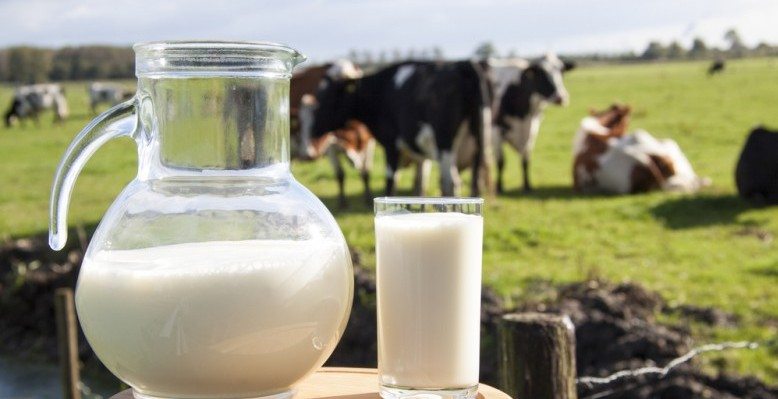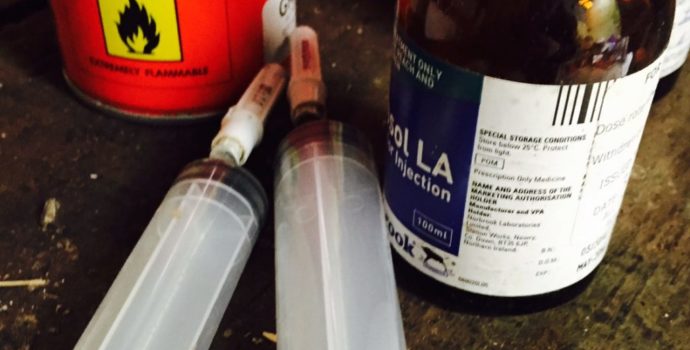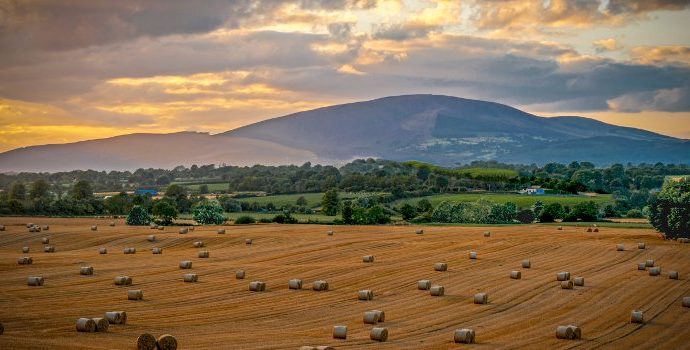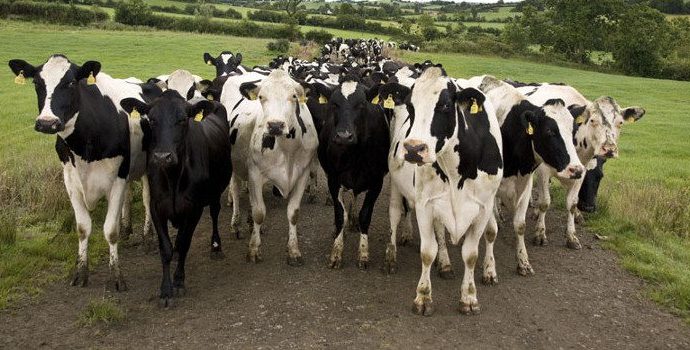Interested in the Eu Milk Production Reduction Package?

Find out how the new EU milk production reduction scheme will work and decide if it is worth applying in your case.
Main aspects of the scheme – Updated 31st August 2016
- The EU milk production reduction scheme comes with an overall budget of €150m, it is EU wide, and it is first-come first-served.
- Eligible farmers must have been in milk production in July 2016.
- The compensation for production reduction is set at 14c/kg (14.4c/l) for the extent to which production for the period Oct to Dec 2016 (or either of 3 more subsequent periods – see below) is reduced as against the corresponding period in 2015.
- There are limits to this reduction: you cannot reduce by more than 50% of the reference period production, and you cannot reduce by less than 1,500 kgs (1,450 litres)
- The scheme offers four 3-month periods of possible production reductions, but the later periods will not apply if the first period is oversubscribed and uses the full budget.
- The four possible periods from which a farmer applying must choose to reduce production are:
- Oct, Nov, Dec
- Nov, Dec, Jan
- Dec, Jan, Mar
- Jan, Feb, Mar
- Farmers may only apply for one period, unless they apply for the first and last (those two do not overlap). However, the focus is on the first period, as the later periods will be cancelled if the first is oversubscribed and utilises all the funds – which appears likely.
- EU deadline for applications for each period: 21/09; 12/10; 09/11; 07/12. Please note that the deadline to have your application form with your co-op is 15th September.
- Applications under the scheme will be managed by the Department of Agriculture and forms will be made available through co-ops within days
- Reduction committed in the application will be adjusted (reduced) if the EU scheme is oversubscribed in the first period, and aid payments will be made based on the adjusted application.
- No later than 45 days after the end of the reduction period, farmers will have to apply for payment, providing proof (e.g. milk statements) that production for the relevant 3-month period was reduced as committed. Late applications for payments will not be considered.
- Farmers who have reduced production by less than committed will receive reduced payments as follows:
- Production reduced by 20% or less of what was committed: no payment
- Production reduced by between 20 and 50% of what was committed: 50% payment on actual reduction
- Production reduced by 50 to 80% of what was committed: 80% payment on actual reduction
- Production reduced by 80 to 100% of what was committed: 100% payment on actual reduction
- Payment must be made to eligible farmers within 90 days of the end of the reduction period – so by late March/early April 2017
What you should bear in mind if thinking of participating in the scheme
- The scheme targets primarily production reduction in the last quarter of the year, so would be potentially attractive to Irish creamery milk producers.
- To decide whether it is worth your while applying for this scheme, you need to weigh up the increased value to your cash flow of higher constituents (and hopefully some further milk price increases) as against the 14.4c/l for the milk you will not produce, but for which you may have to wait till early April next. Don’t forget that you will not be paid for reductions higher than 50% of what you produced in Oct-Dec 2015.
- You will also need to consider whether you can reduce production in light of volume/contract commitments (e.g. liquid milk, winter milk, seasonal peak management, forecasting commitments, etc.).
- The first-come first-served nature of the scheme means any farmer wishing to participate will need to apply for the first period of reduction, and have their application forms back with their co-ops by 15th September, to optimise certainty of funding, as applications for later periods will be rejected in the event of over subscription.
- The obligation to reduce relates to the totality of the 3-month period, not the individual months.
- Participating farmers should make realistic applications, not over-stated strategic ones, as under delivering on the promised reduction will lead to reductions in payments as outlined above.
Read Frequently Asked Questions on the Scheme from the Department of Agriculture




